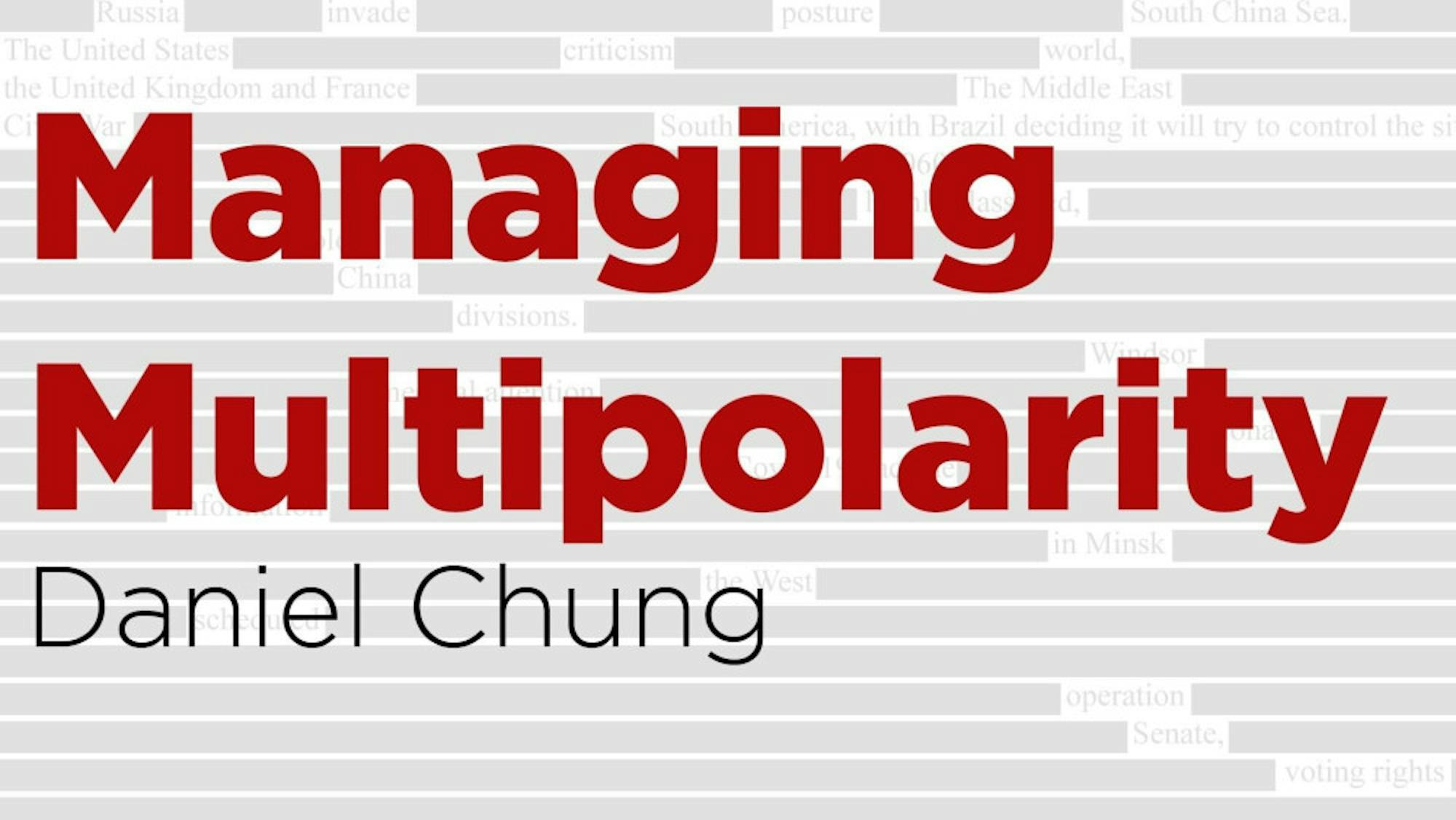Since the end of the Second World War, Japan has been a secondary power unwilling to exert the hard power associated with great power status, with a constitution “[renouncing] war as a sovereign right of the nation.” However, after this recent period of military isolationism characterized by the Yoshida doctrine — which passed responsibility for Japanese security policy to the U.S. — Japan is primed to enter another expansionist phase, although the form, extent and characteristics of this expansionism have not yet been settled.
There are two major threats to Japanese expansionism in this newest cycle. The first, of course, is the rise of China. The two nation-states cannot be exactly described as the closest of friends. From the invasion of Taiwan by the Empire of Japan in 1894 until the end of World War II, they were somewhat locked in an unending conflict, and this is not to mention the countless historical conflicts between them extending long before the modern period. Further, China’s rise has eclipsed Japan’s position as an economic center of Asia. Clearly, the economic and security balance of power in East Asia is changing, to Japan’s detriment.
Historically, there have been two main responses that a secondary state can take to adjust to a new balance of power. The first option is bandwagoning, choosing to ally with a rising hegemon, effectively conceding security policies to them despite the threat they represent to its national security interests. The second option is balancing, in which states flock to another great power which opposes the rising hegemon or otherwise form some kind of coalition to counter the rising hegemon. Japanese strategy in the 21st Century has been regarded as hedging, a sort of middle ground, as a result of both its extreme economic interdependence with China and its rigid alliance with the U.S.
However, Japan’s strategy towards the rise of China has already — especially under the leadership of former Prime Minister Shinzo Abe — turned into one of balancing behavior. In 2013, Prime Minister Abe released Japan’s first National Security Strategy, with notable focuses on adversarial competition with China. This is especially important in suggesting that Japan has adopted a balancing strategy, as this ‘first shot’ came years before Western political figures first openly acknowledged that their strategy of engagement had effectively failed.
Ever since, Japan has continued to cultivate a balancing strategy. In terms of external balancing, Abe did all he could to ensure that then-President Trump would not abandon Japan as an ally. Now, under the new Kishida administration, Japan has even expressed a willingness to thaw relations with South Korea under its new, hawkish-on-China President Yoon Suk-yeol, despite historically contentious relations between the two nations. Meanwhile, in terms of internal balancing, Japan has consistently built up its military spending for years straight, and the Kishida administration has only accelerated this.
Given all this, it appears as if Japan’s military commitments are going to rise significantly in the future. The next part of this special two-part series will examine the reasons for why Japan’s rise is unlikely to be limited to East Asia and could thrust it into the position of great power.





